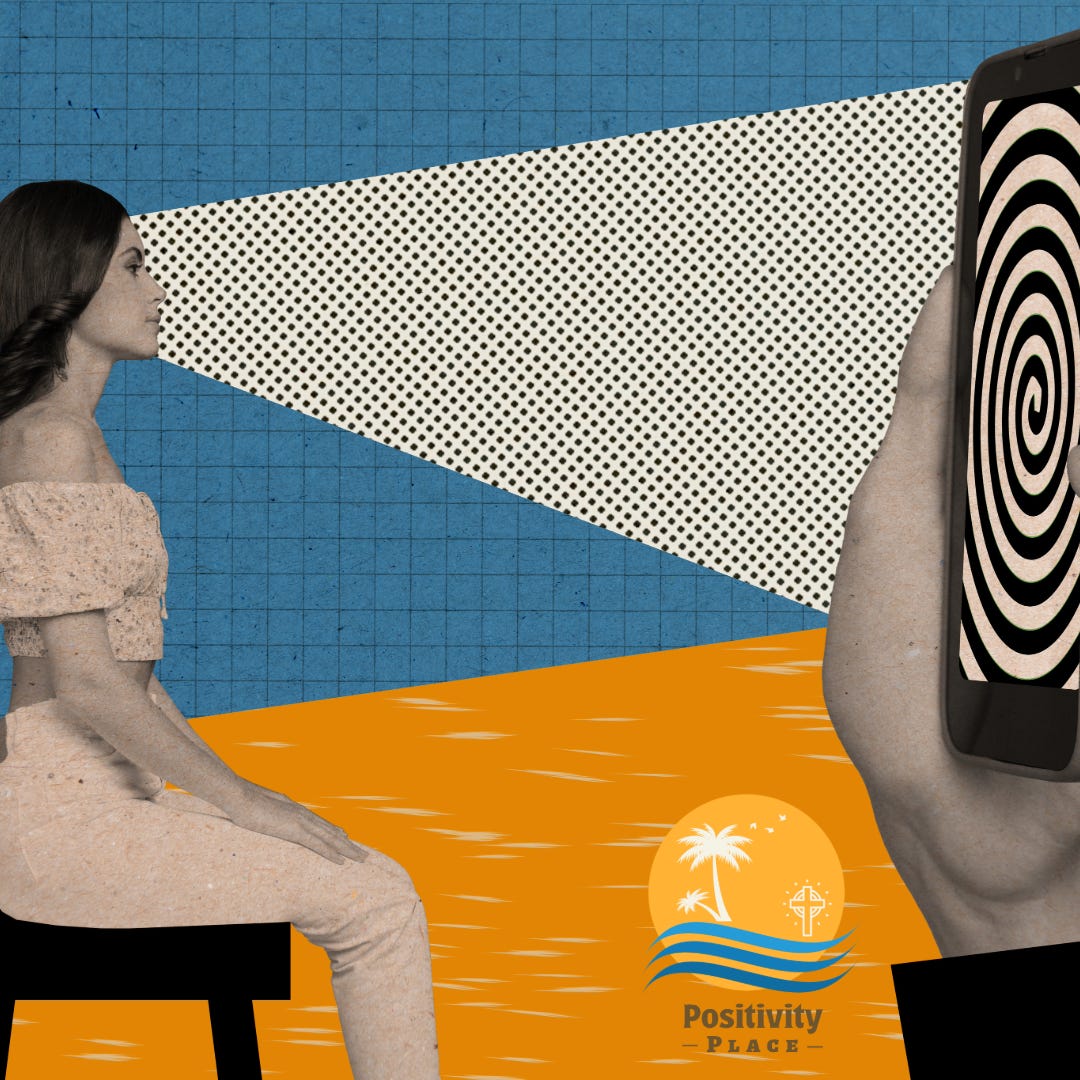Tips to fight screen addiction
A challenge to stop looking at screens for a day led me to search for ways to stop for at least a couple of hours.
On Sunday, Pastor Nathanael Stevens from Nags Head Church challenged in-person and online church attendees to fast from screen usage for just one day this week. Well, I have done really well eliminating television the entire week, but I’ve completely failed, so far, eliminating my smart phone usage for more than an hour or two.
In an effort to salvage this week’s challenge, I shifted focus from phone screen to computer screen to compile ways that might help me—and you. Here is what I put together (for us):
Set Clear Boundaries and Limits
Time Limits: Use device settings or apps like Screen Time on iOS or Digital Wellbeing on Android to set daily limits for screen use. This can help you become more aware of your screen time and encourage you to engage in other activities.
Tech-Free Zones: Designate certain areas of your home, like the dining room or bedroom, as tech-free zones to encourage face-to-face interaction and relaxation without digital distractions. Relaxation from distractions…what does that feel like?!?
Change Your Environment
Alter Your Setup: Make it less comfortable or convenient to use screens for long periods. For instance, using a laptop without a comfortable chair might deter you from long sessions.

Amplify Sensory Environment: Enhance your physical environment with non-digital stimuli like music, books, or physical activities to reduce dependency on screens for entertainment or relaxation.
Develop New Habits
Replace Screen Time with Other Activities: Engage in hobbies that don't involve screens, such as reading, sports, or art. This can fill the void left by reducing screen time and provide a sense of fulfillment.
Unplugging Rituals: Before bedtime, establish a routine that doesn't involve screens, like reading a book or meditating, to improve sleep quality and reduce screen dependency at night.
Behavioral Approaches
Develop Realistic Goals: The era in which we live doesn’t allow us to permanently eliminate screens—just try to visit Disney World without a smart phone—so the goal should really be the controlling of screen time so that it doesn’t control you, allowing for a balanced and healthier lifestyle.
Social and Family Strategies
Family Media Plan: Involve the whole family in creating rules about screen use. This can include no screens during meals or setting collective times for tech use and rest. Parents or guardians must set a good example for children.
Technical Adjustments
Disable Notifications: Turn off non-essential notifications to reduce the pull towards checking your device. Go into Airplane mode while you sleep and for blocks of time during the day.
App Management: Consider removing or hiding apps that you find particularly addictive or time-consuming.
Professional Help
If screen addiction is severely impacting life, consider seeking help from a professional who can provide tailored strategies or therapy.
Let’s face it, we are being manipulated and discouraged during every scroll of our news app and social media timelines. The news media profits from publishing bad news much more than good news, so they keep pumping out news that will depress, enrage, and consume people. Social media algorithms are set to show us what will keep us glued to screens and solicit the most engagement—the more controversial, shocking and negative, the more engagement from users. Forget screen addictions for a moment, one could conclude that many people are actually addicted to negativity—why else would bad news sell and addictions to doom scrolling exist? Thankfully, you’re reading Positivity Place, where the primary focus is counteracting everything in this paragraph.
Don’t let your screen rob you of your life.
Ok, I have convinced myself to take a break from my phone the next two evenings and all-day Saturday. Will you join me?






Those are really helpful tips, Mike. Thank you for sharing those. I’ve had some success with app time limits. When I’ve hit my limit, it’s a reminder that I don’t want to spend any more time there. Even if I ignore it, at least I’m aware of it.